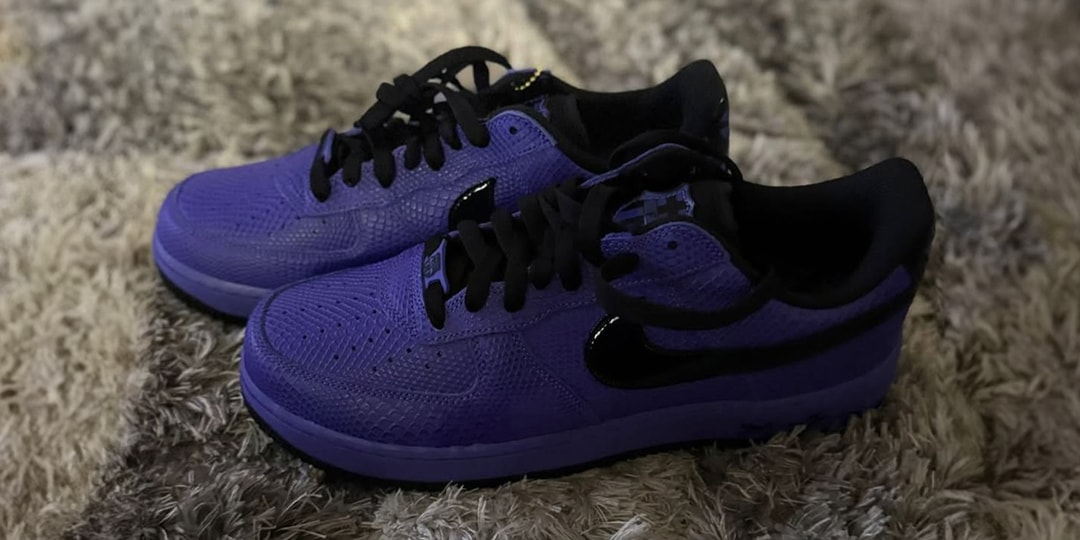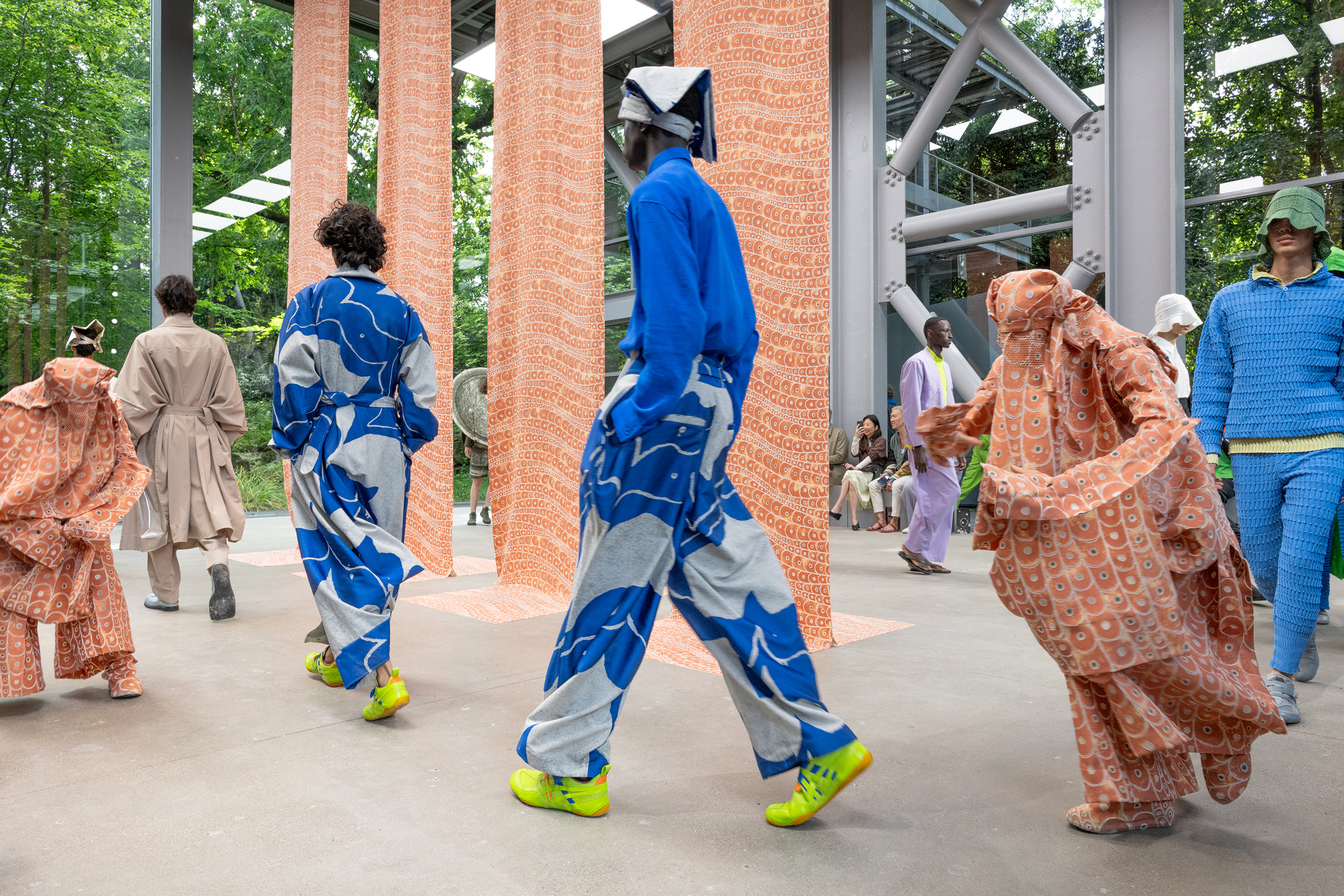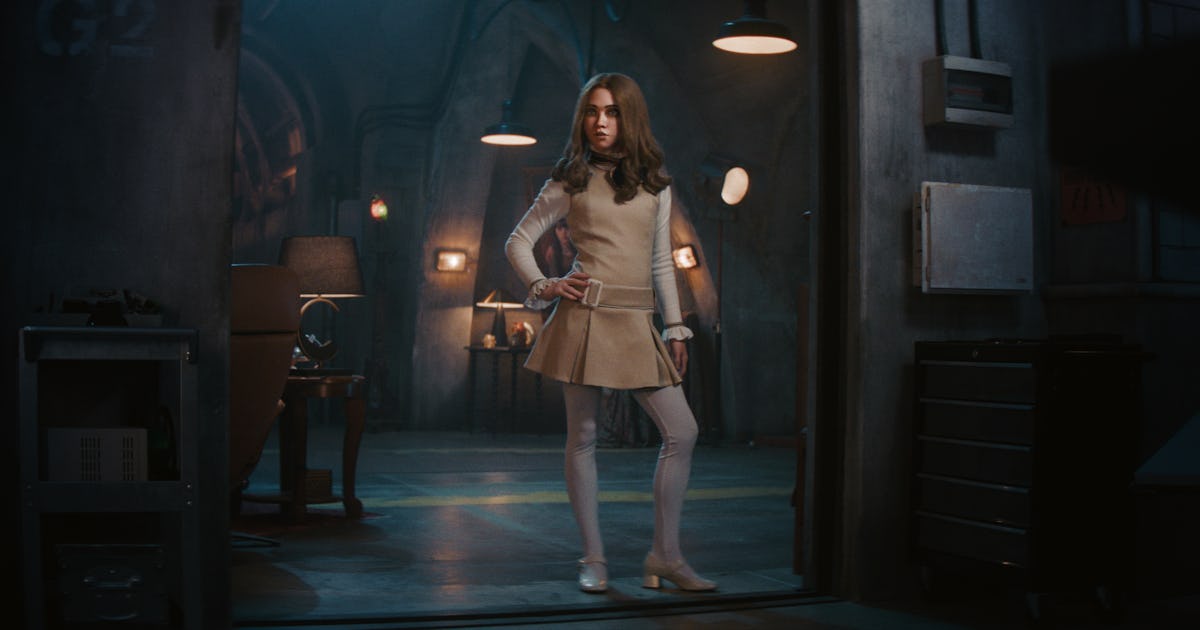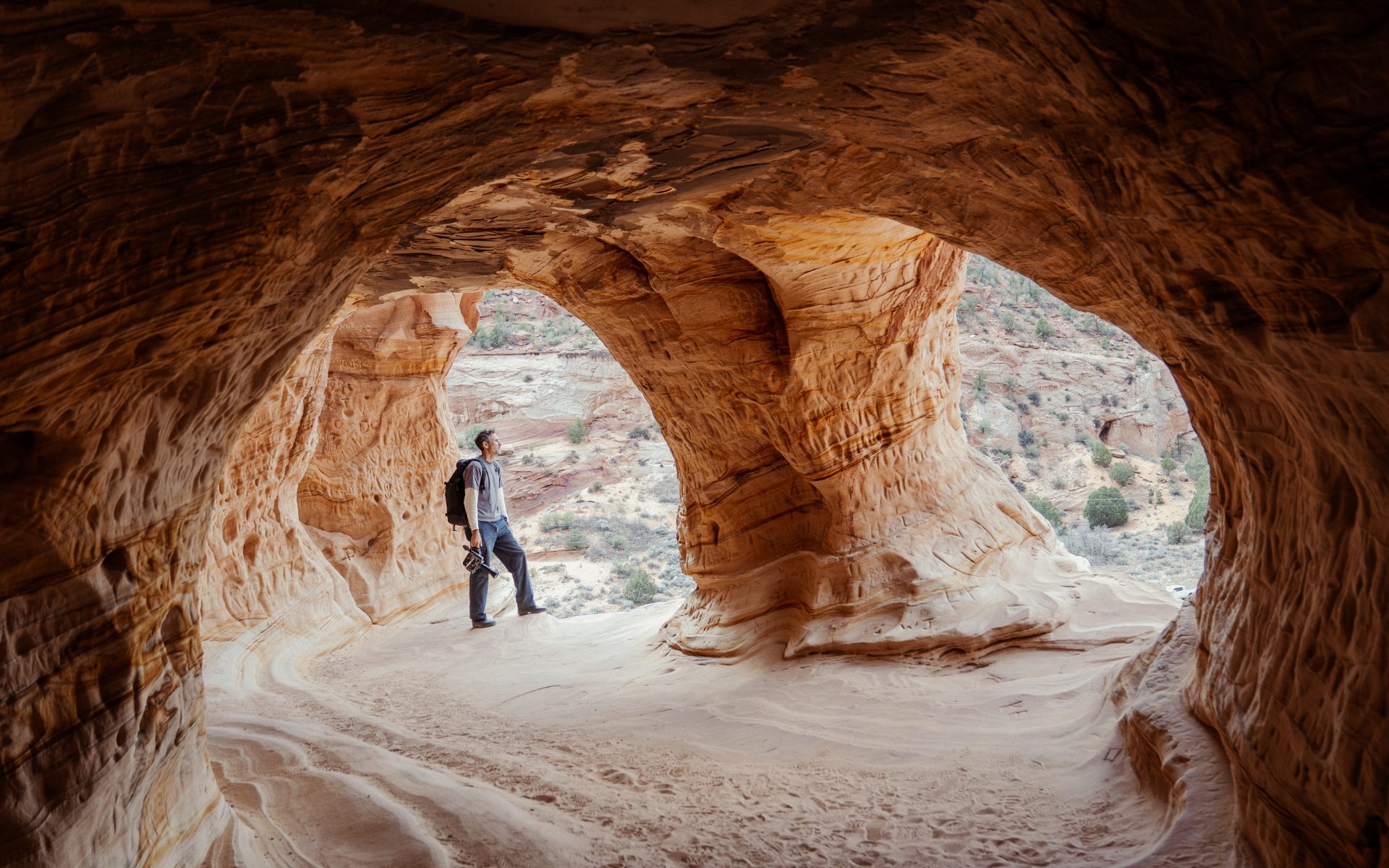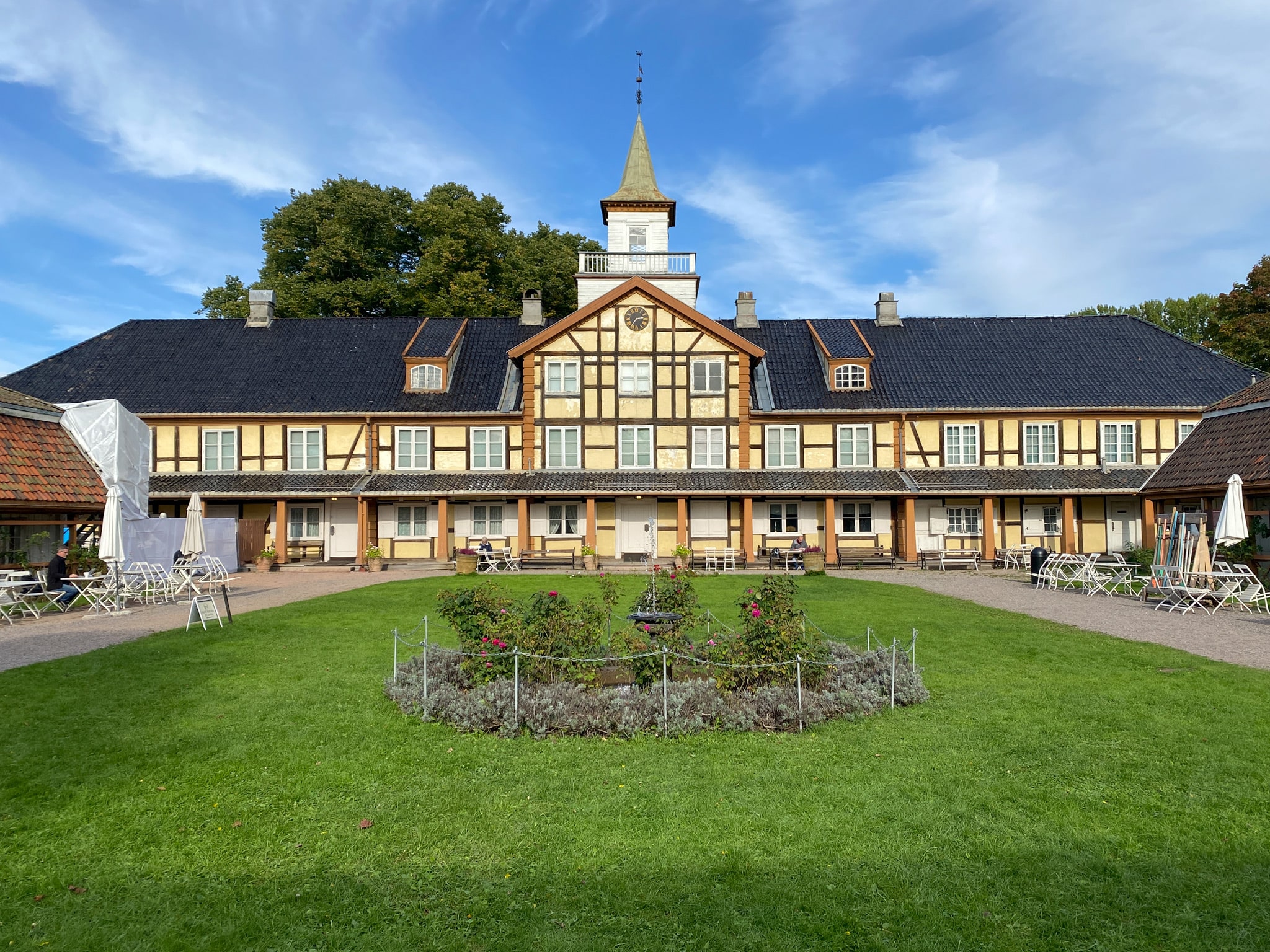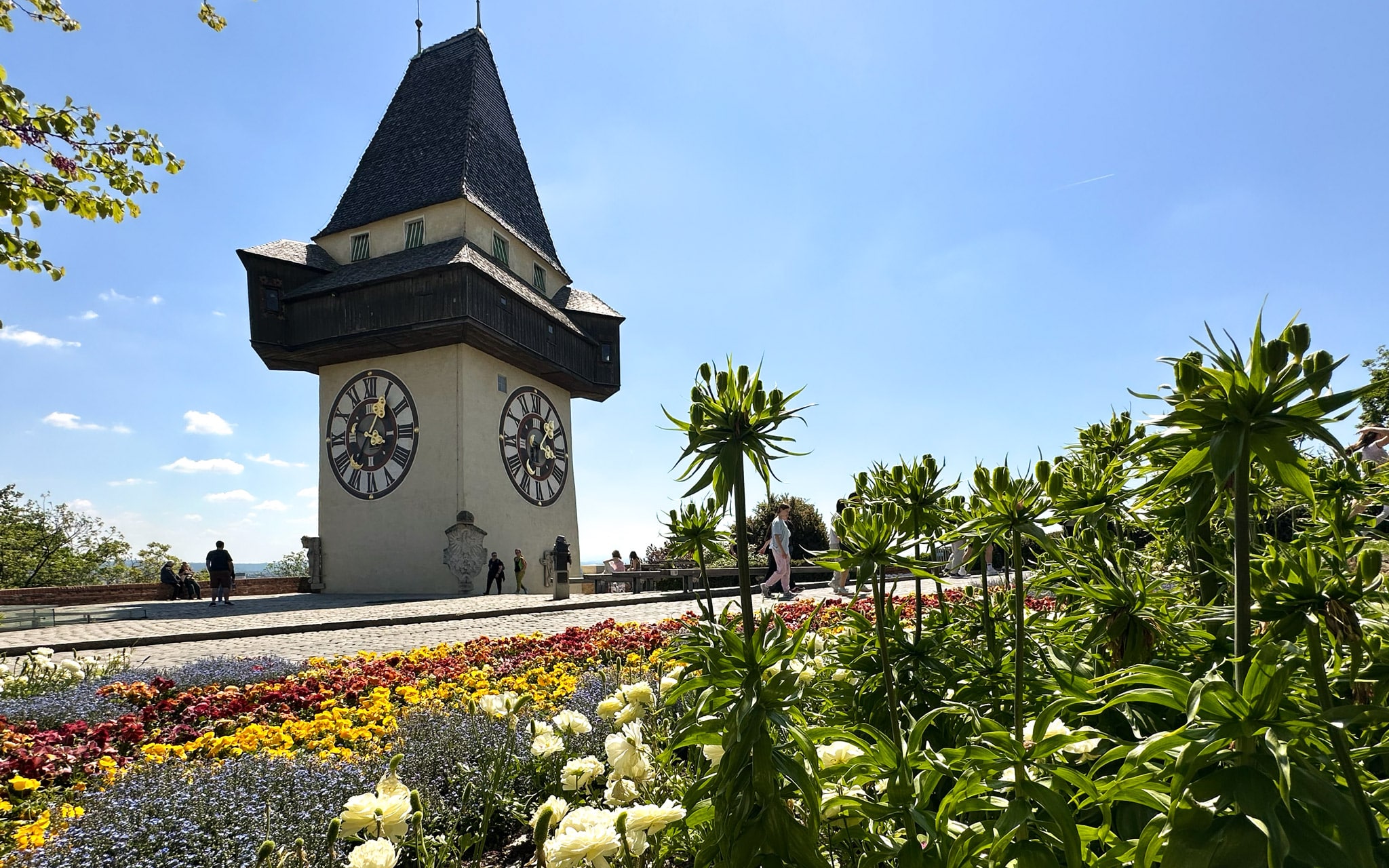Fast Fusion Review
A formula that has proven itself across four generations of Nintendo consoles.


Following in the jet trail of futuristic racing games like F-Zero and Wipeout, Fast Fusion’s blistering speed has all the hallmarks of what has made the Fast series so fun since its 2011 debut. Every muscle in my body tensed up as I blazed through its handful of sci-fi courses, boosting my way to the finish line while using the new jumping mechanic to find shortcuts. As one of only a very small handful of current Nintendo Switch 2 exclusives, this is a dazzling technical showcase for the power of Nintendo’s newly minted system – but annoying progression choices and minimally inventive changes to a well-worn formula dull some of Fast Fusion’s shine.
If I had a dollar for every racing series that added the ability to jump as part of its arrival on Switch 2, I’d only be two bucks richer, but it’s still weird that it happened twice. That jump option is also just about the only thing Fast Fusion and Mario Kart World have in common: where the latter takes things in a bold new direction with its open world, here developer Shin’en sticks to what it’s done well since Fast Racing League on Wii. There are a few new bells and whistles to mess with as you tear through its fifteen courses ( three of which were added in its first update on June 26), but this flavor of hypersonic speed will largely be very familiar to anyone who has played past entries.
Fans of F-Zero or Wipeout will also know the drill: Fast Fusion is set in a distant future where the only speed is fast and every road is dangerous. High-tech racing machines careen through obstacle-laden courses at blinding speeds. The Fast series sets itself apart with a unique boost system, where driving over boost pads or through other elements of the course will give you an extra push as long as you switch your vehicle to the corresponding orange or blue color. Making that swap only takes the press of a button and rewards you with a satisfying burst of speed. Fast Fusion knows how good it feels to go faster than the speed of sound, and it leans into it as its highly detailed, staggeringly impressive environments melt into a blur as you carve through them.
You can also collect orbs to fill up an independent boost meter, and switching as you weave between tight turns before boosting through a straightaway to shave nanoseconds off your time adds just enough to focus on without becoming overbearing. But that has always been true of the Fast formula, and Fast Fusion’s jump button breaks from tradition in a smart but ultimately not too impactful way. Shin’en used this change to add more complexity to its courses with alternate paths stacked on top of each other, but I wish the Munich-based studio had leaned into the change even more, as it doesn’t amount to much more than adding small shortcuts and an extra way to dodge some obstacles.
These are still fun, but I feel like there’s just a bit too much rigidity in how and where you can use the jump to put yourself ahead. It has a ton of range, and you can cover some massive gaps with the right timing, but I never felt rewarded by pushing these mechanics to the absolute limit or mastering them beyond jumping where it felt natural or obvious.
The mechanical changes from 2017’s Fast RMX on the original Switch to Fast Fusion mirror the similarly incremental jump in graphical power between these hardware generations, leaning into one or two specific improvements rather than attempting a complete overhaul. This is easily one of the most impressive-looking Switch 2 games available right now, with incredible lighting and gorgeously smooth visuals while playing in 4K docked, but it’s missing some of the initial wow factor that Fast RMX had. Don’t get me wrong, it still looks stunning, but the generational jump just isn’t nearly as exciting or surprising.
Thankfully, Fast Fusion does at least offer a decent selection of different graphics settings, making it easy to favor framerate, graphical quality, or a balance of both. I usually went for the second-best quality setting that promised 4K output and some high-fidelity lighting while maintaining a consistent 60 frames-per-second, but then opted for a higher framerate choice when playing in splitscreen. I love that Shin’en decided to include this option, really letting me juice my Switch 2 for every last drop of processing power it has.
Just like Formula 1 or NASCAR, futuristic corporations have a mechanical horse in the race. Instead of racing bounty hunters and samurai clashing on the track, you’re controlling faceless cars made or sponsored by different manufacturers. That sterile, far-flung futuristic vibe has the same somewhat empty, tech-demo-like feeling you see in those videos of Unreal Engine fan mockups where a beloved character runs around a grey box and the comments are begging some publisher to, “Please hire this man.” But Fast Fusion moves so quickly that you hardly have any time to pay attention to those basic-looking spiky balls rolling around the course unless you’re doing your best to steer around them.
Separated by standard racing stats like top speed, acceleration, and boost, Fast Fusion’s garage has a great selection of vehicle configurations that cater to tons of different playstyles. Maybe you’ll aim for a high boost stat, which rewards you for precisely switching between blue and orange when driving over boost pads or through color-coded zones. Alternatively, a high acceleration stat makes it easier to get your zero-G legs, allowing you to catch up to the herd more quickly as you contend with Fast Fusion’s somewhat punishing wipeouts. I usually went for a blend of high top speed and boost once I got used to each course, dodging obstacles and nailing hairpin turns while optimizing routes that allowed me to boost as much as possible.
Finding that perfect build isn’t easy at first because you start with a paltry three vehicles, and are forced to use the in-game currency won by completing races to expand your stable of zero-gravity racers – and eventually fuse them together. Fusing vehicles results in goofy corporate merger names and better vehicles with improved stats. You’re all but required to unlock higher-grade vehicles and fuse them to compete at the highest speeds and difficulties Fast Fusion will throw at you.
Each fusion is nebulously graded on a lettering system, which I still haven’t completely deciphered even after a dozen hours of racing. But as far as I can tell, it rewards saving up cash to unlock the most expensive vehicles you can and kit-bashing two high-ticket rides together more than anything else. Frustratingly, fusing racing machines removes the option to use either of the original, pre-fusion vehicles. I get this from a flavor perspective, but it doesn’t make sense within the context of an arcade-y racing game where you want to unlock many different options. Fusing and de-fusing cost in-game currency, making its artificial scarcity all the more annoying; this wouldn’t be as much of a problem if you didn’t also need to use that currency to unlock new cups to compete in. To make things even worse, Fast Fusion forces you to unlock the second, third, and fourth cups in each speed class, which doubles as a difficulty setting.
I understand that Fast Fusion isn’t meant to be as forgiving or easy to pick up as a kart racer; gating higher difficulties behind reaching the winners’ podium in every cup would make sense. But obscuring cups I’ve already completed by making me unlock them at every difficulty – while also making me buy nearly every car and then additionally pay to fuse them into better ones – unnecessarily stalls Fast Fusion’s economy. It’s like putting training wheels on a Harley.
Side modes can at least make for fun alternate ways to earn extra cash beyond just repeating the same cup over and over again, like the sudden death-style Hero Mode where your vehicle’s boost and health are linked. That’s neat, but I wish the challenges offered in these other modes had a little bit more going on. Instead, they’re mostly just slight tweaks to a normal race with no change to the courses themselves, which doesn’t alleviate the repetitive grind of unlocking everything.
Compared to 2015’s Fast Racing Neo, Fast Fusion is smaller – but what it lacks in quantity, it makes up for in quality. Most courses offer clever designs that had me white-knuckling my controller, from a fun series of shortcuts on Yama Crest to dodging tornadoes on Tempesta. This laser-sharp focus on great levels is probably the best and most interesting part of Fast Fusion. Every time I’ve booted it up, I’ve found a new, satisfying way to shave a few seconds off of a lap I thought I’d mastered. Boost orbs make for compelling breadcrumbs in that pursuit, encouraging you to find new ways to approach a turn or hinting at a hidden path or more efficient way to handle an obstacle.




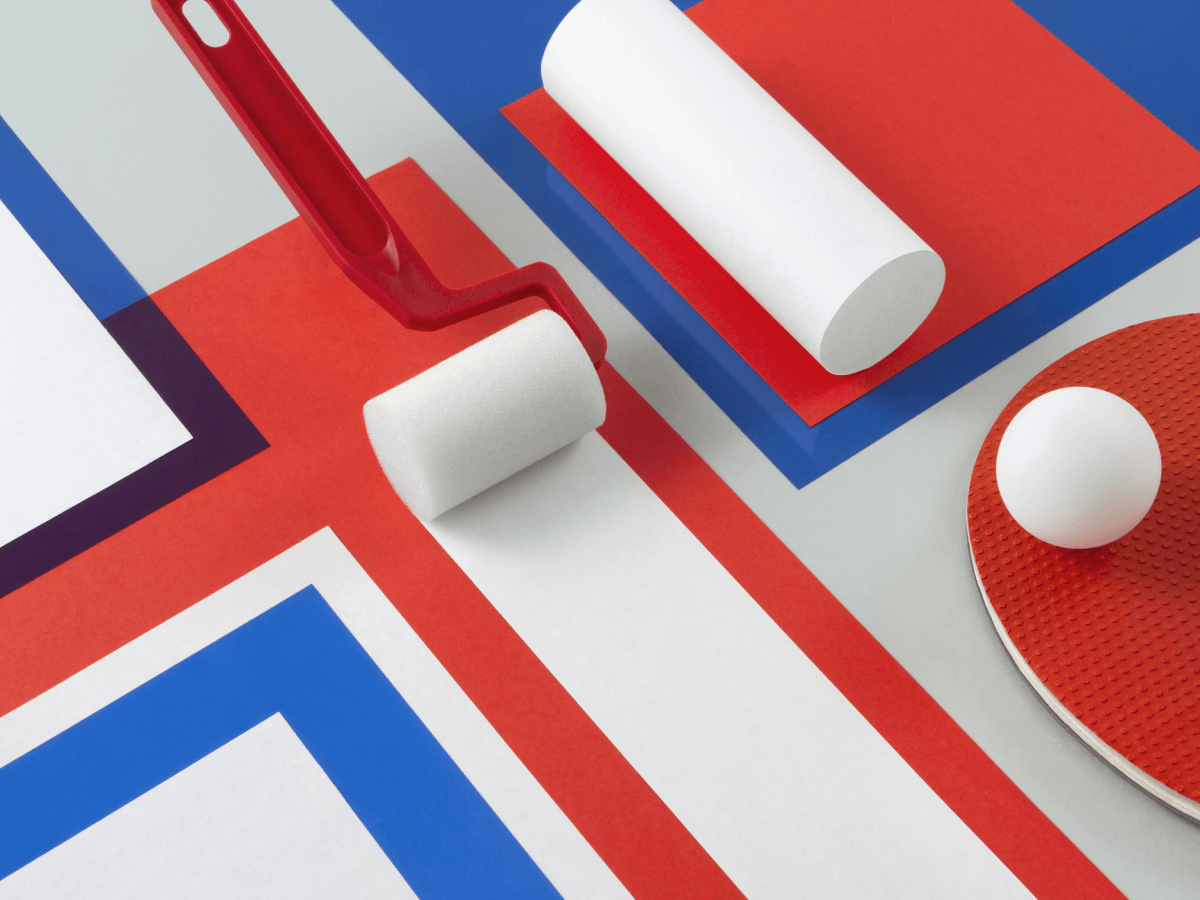























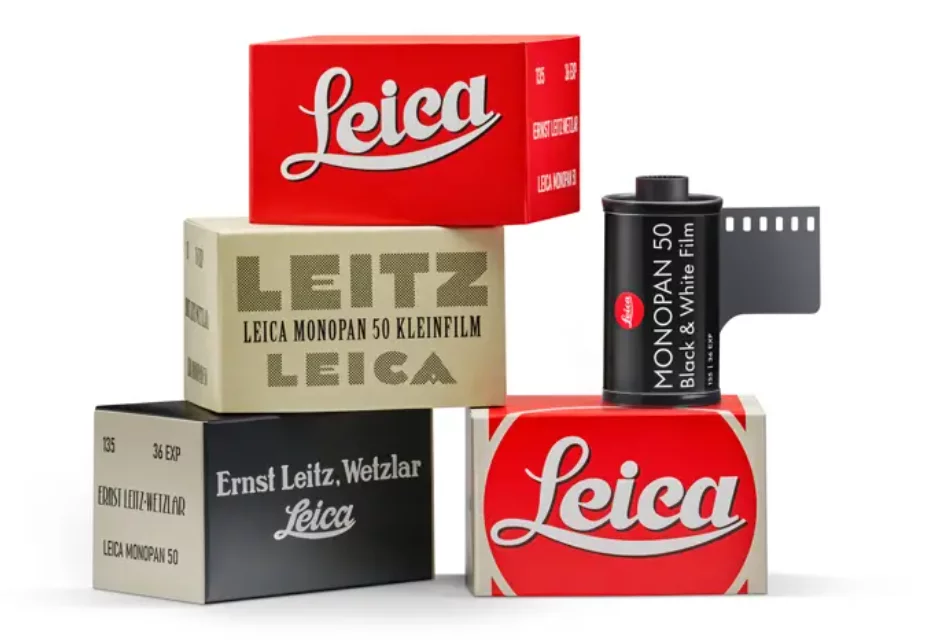


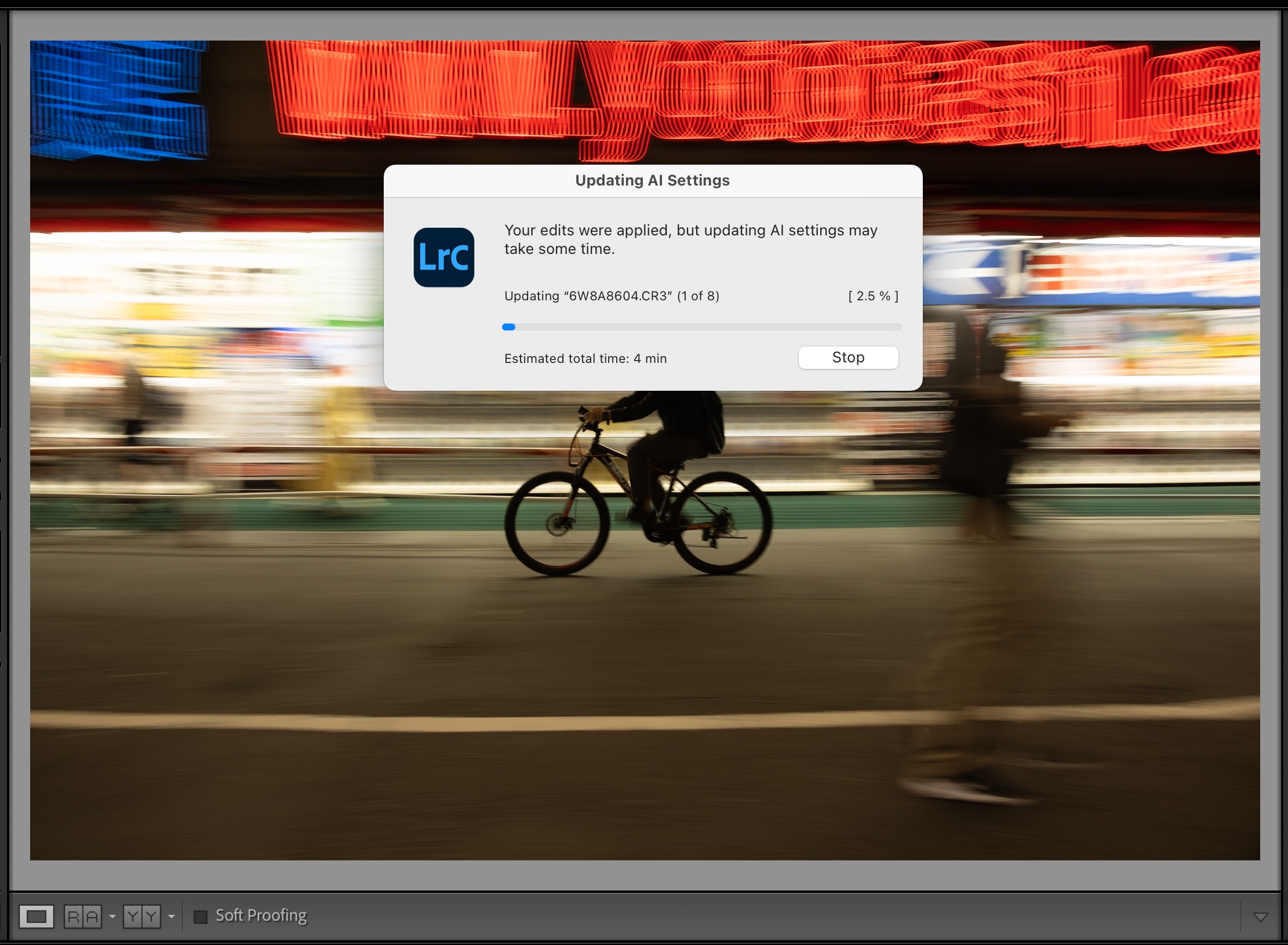
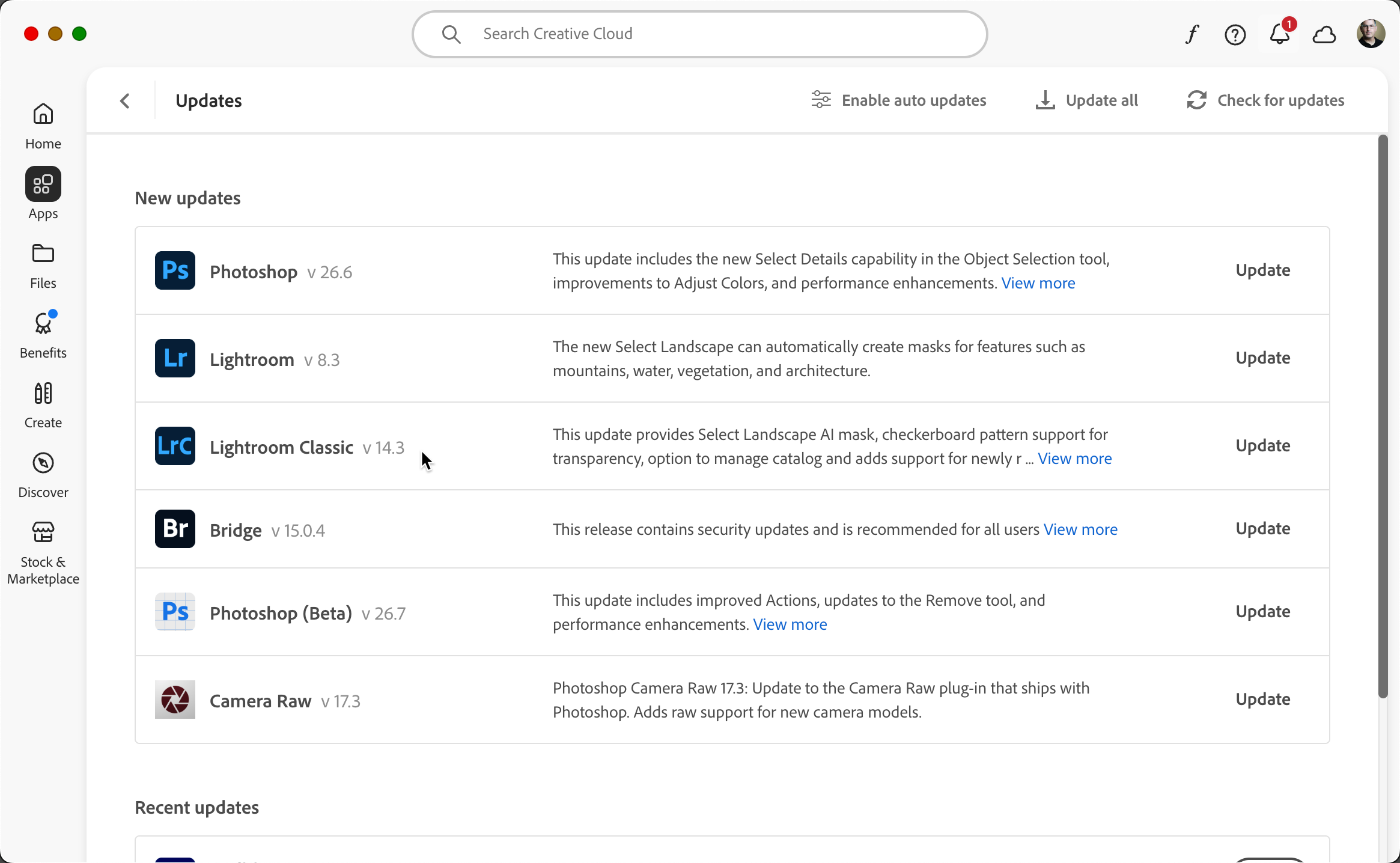

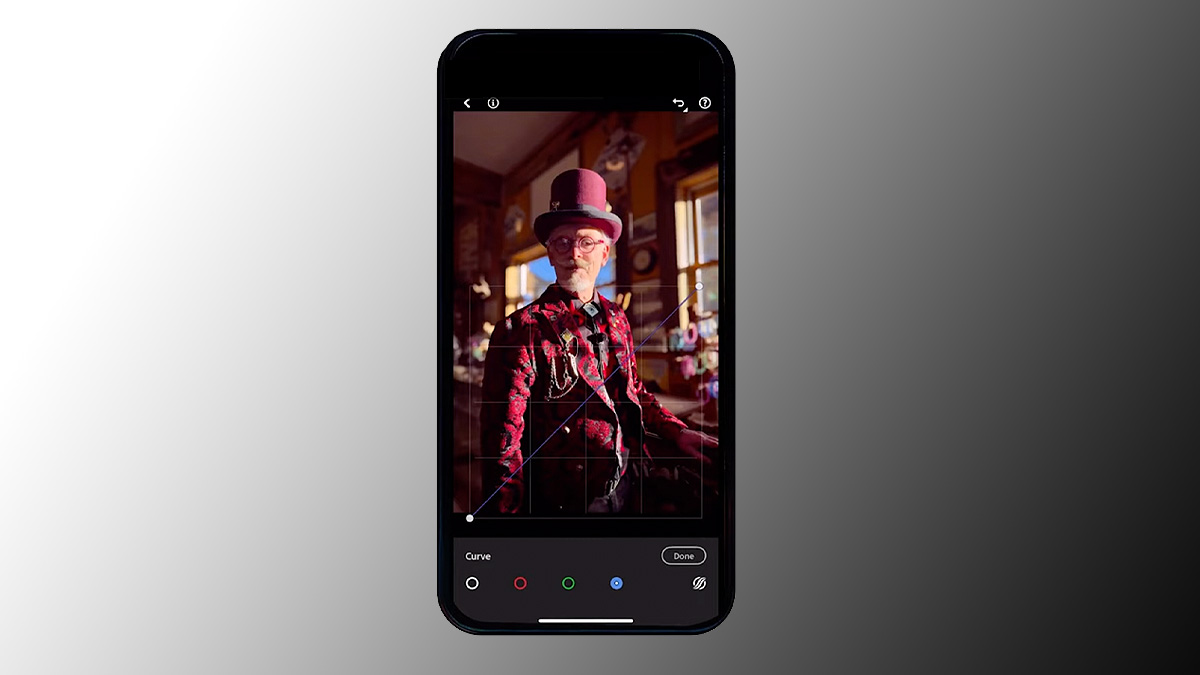
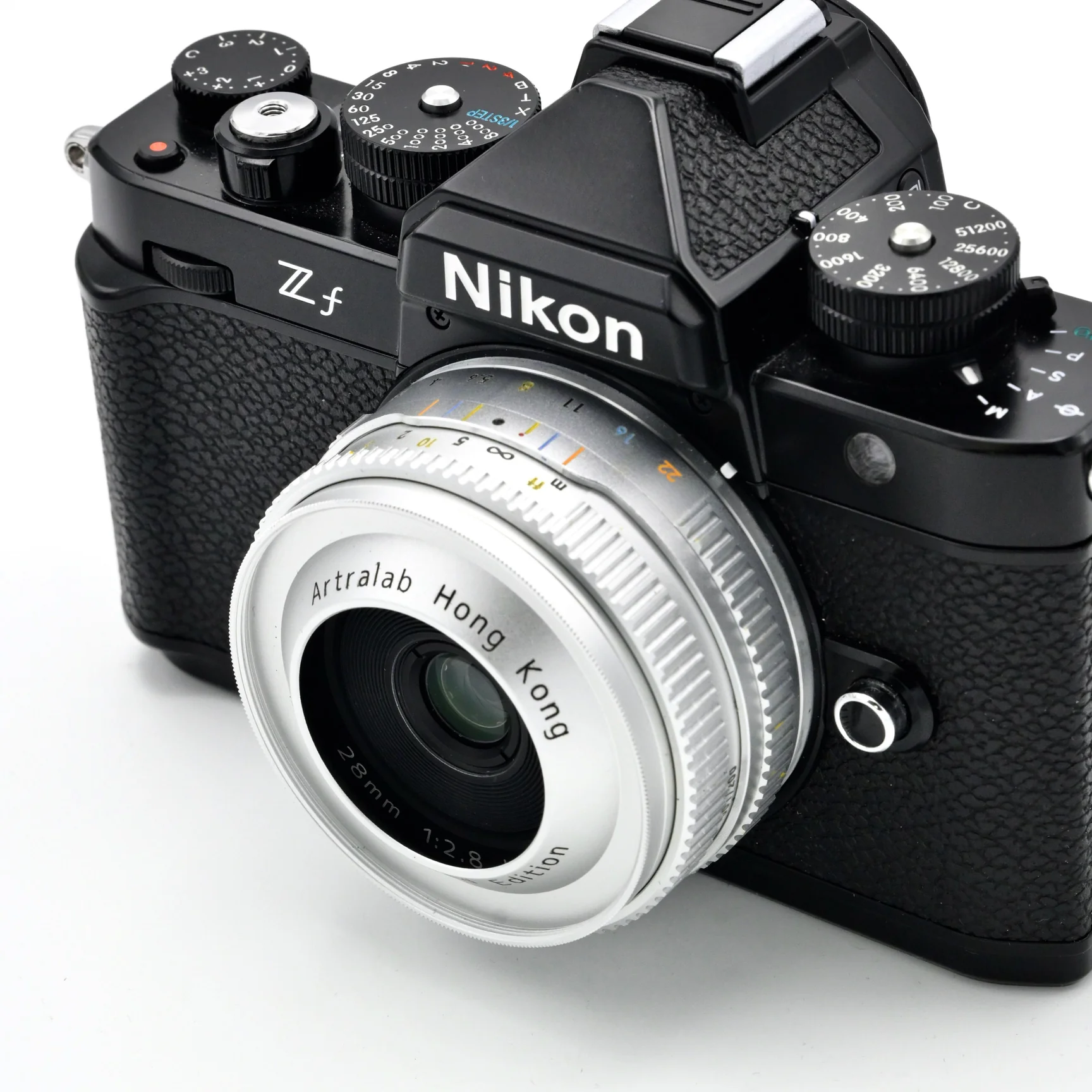


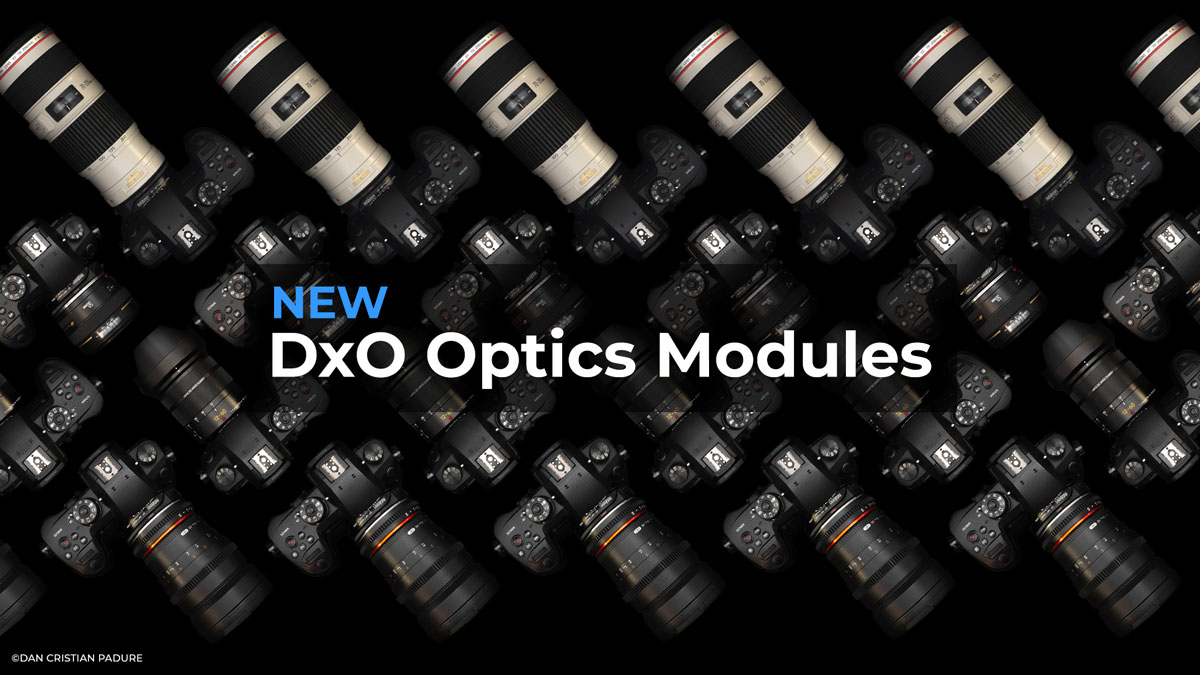





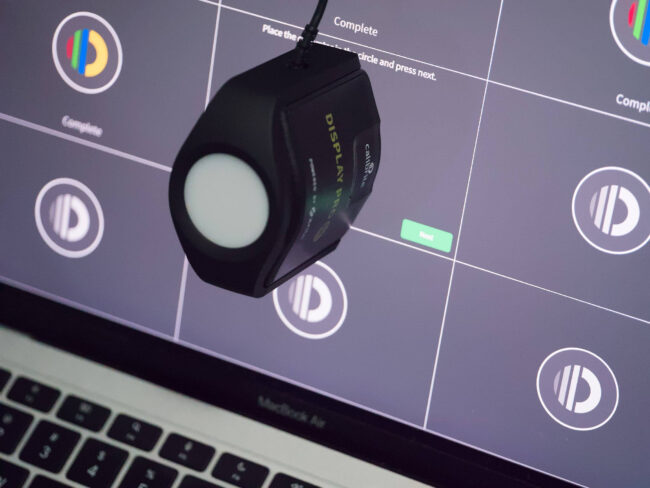













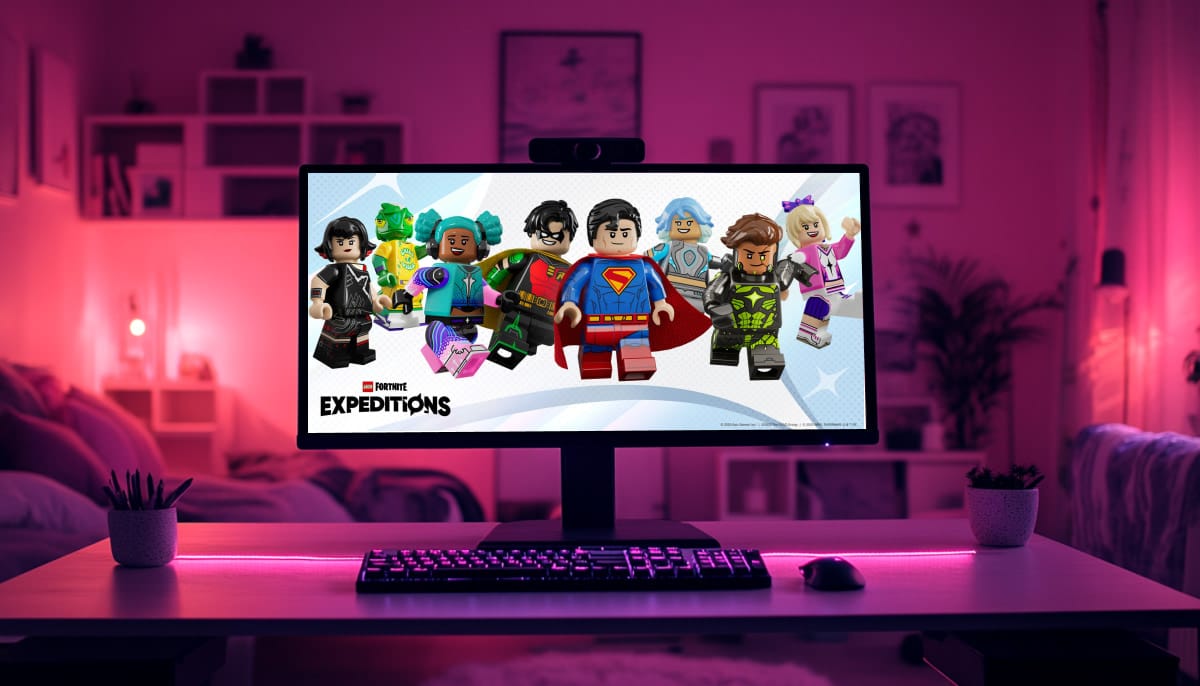


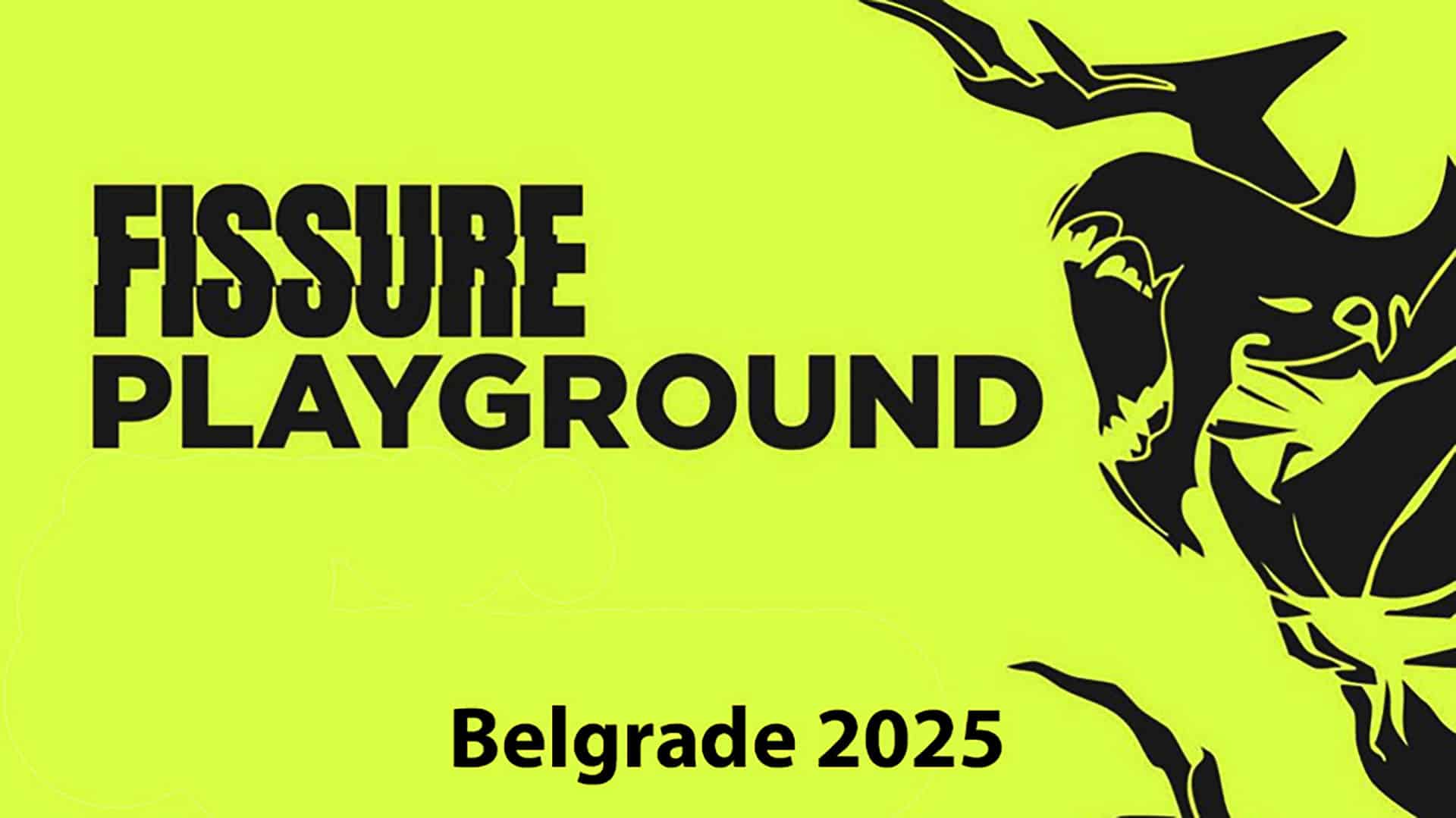












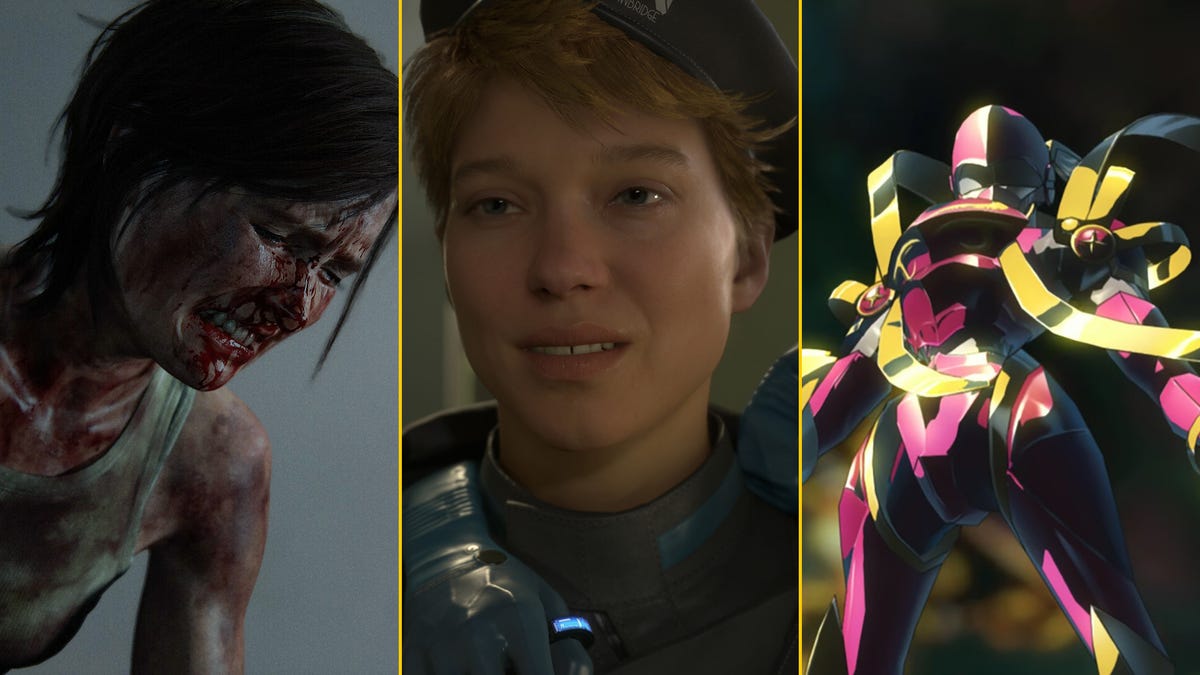

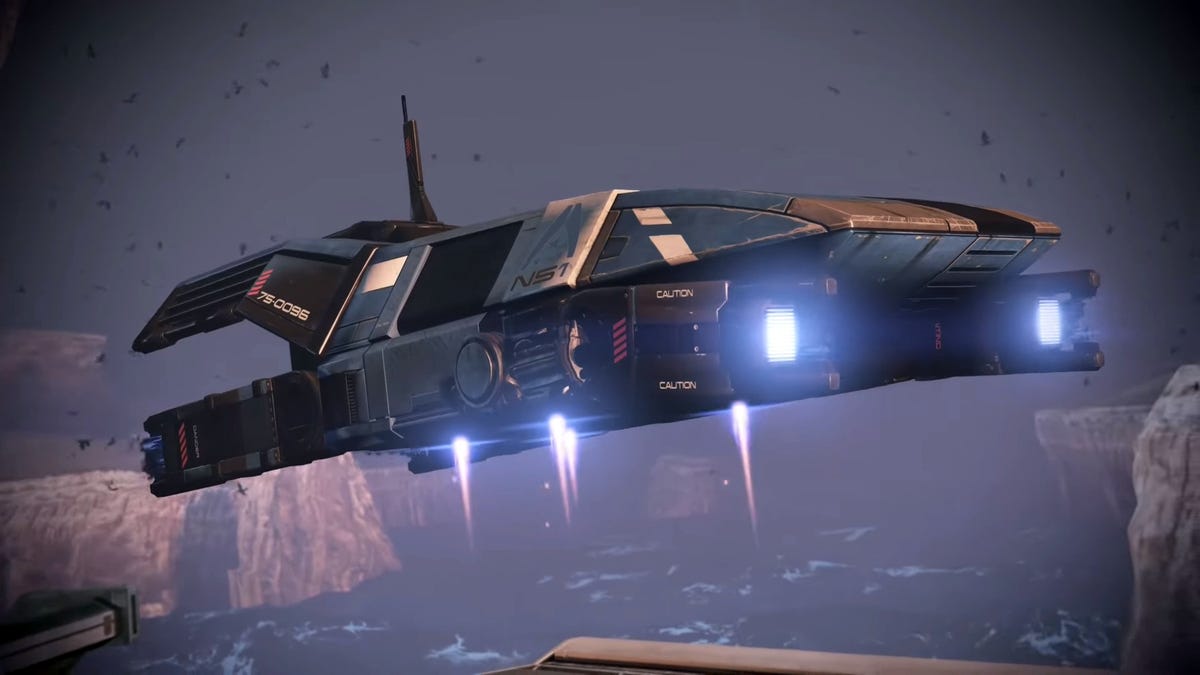
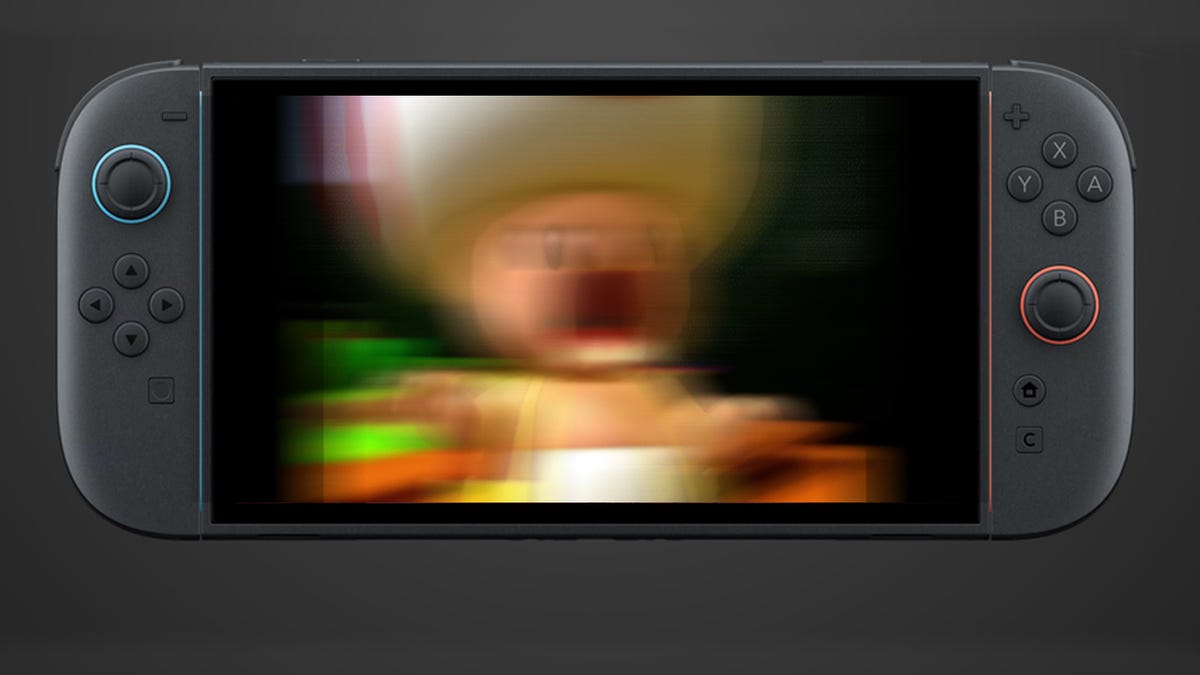
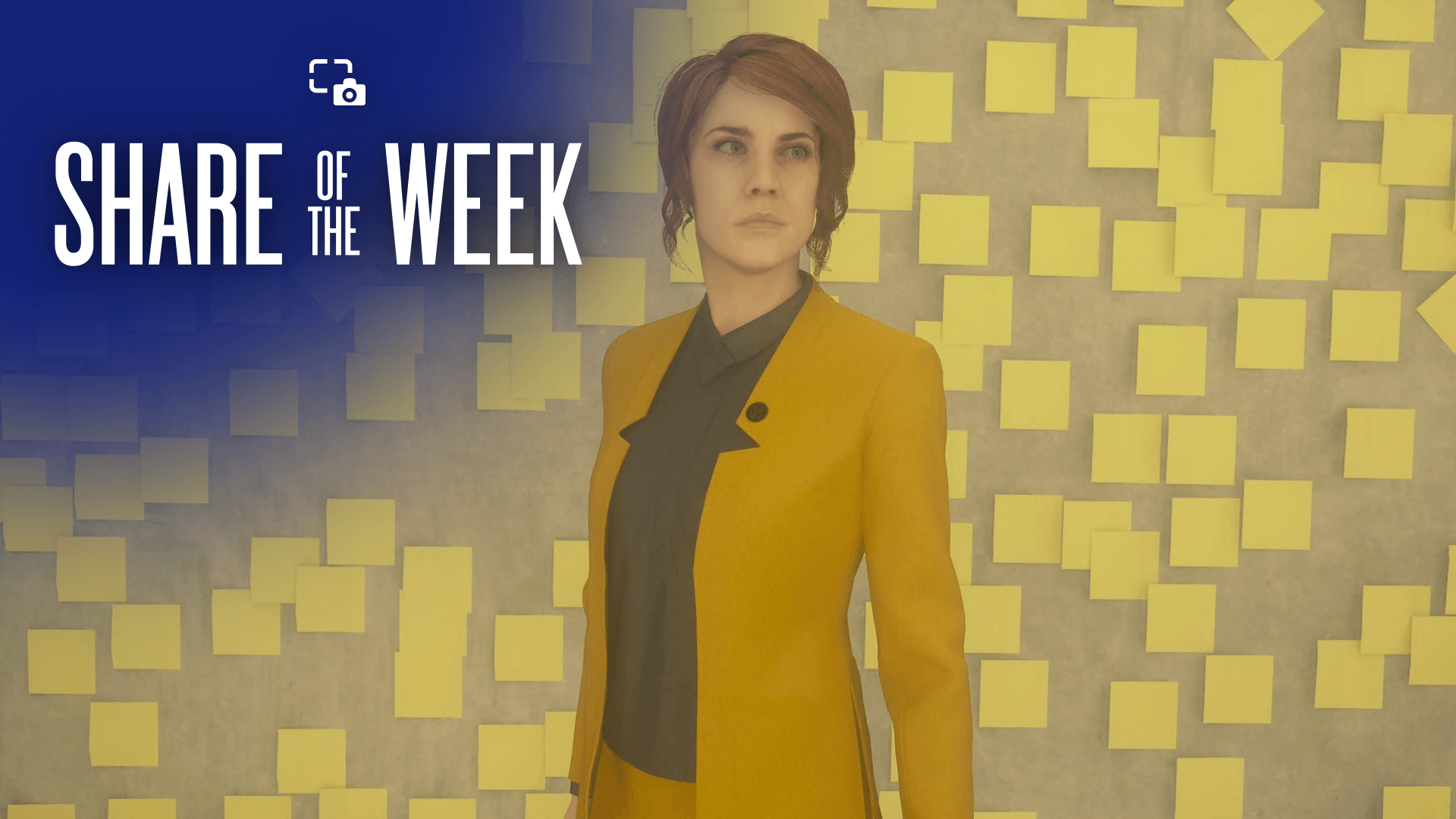



















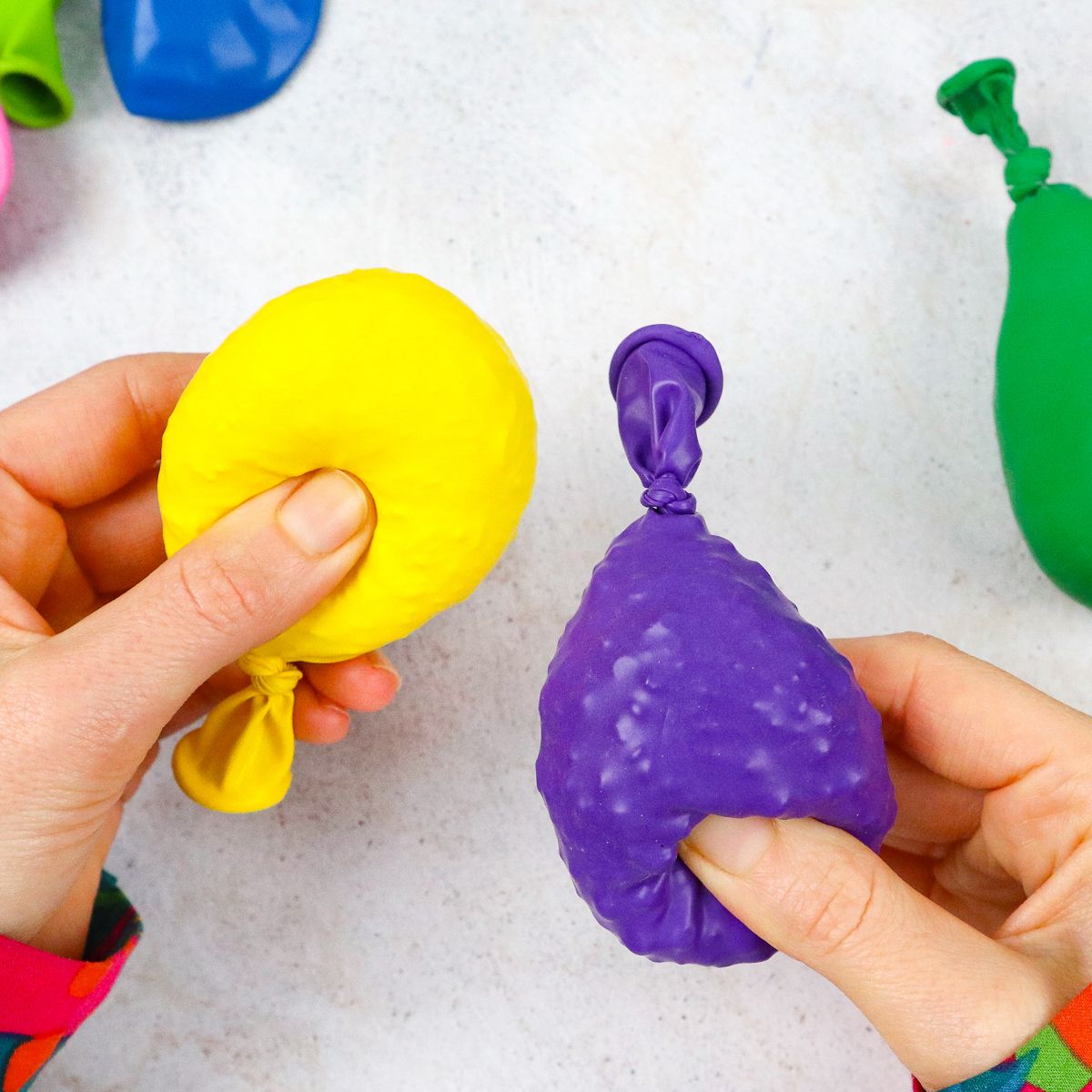







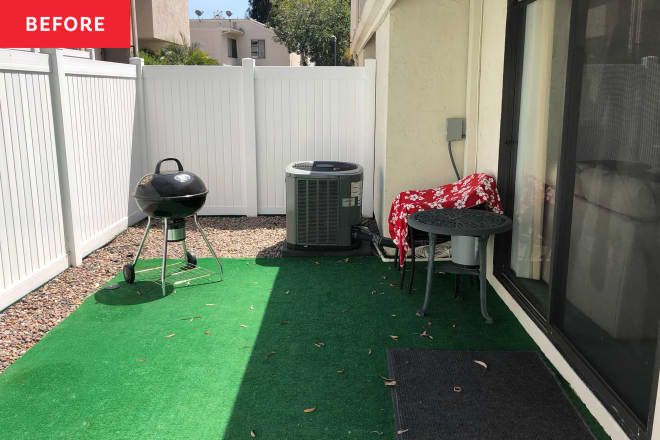













































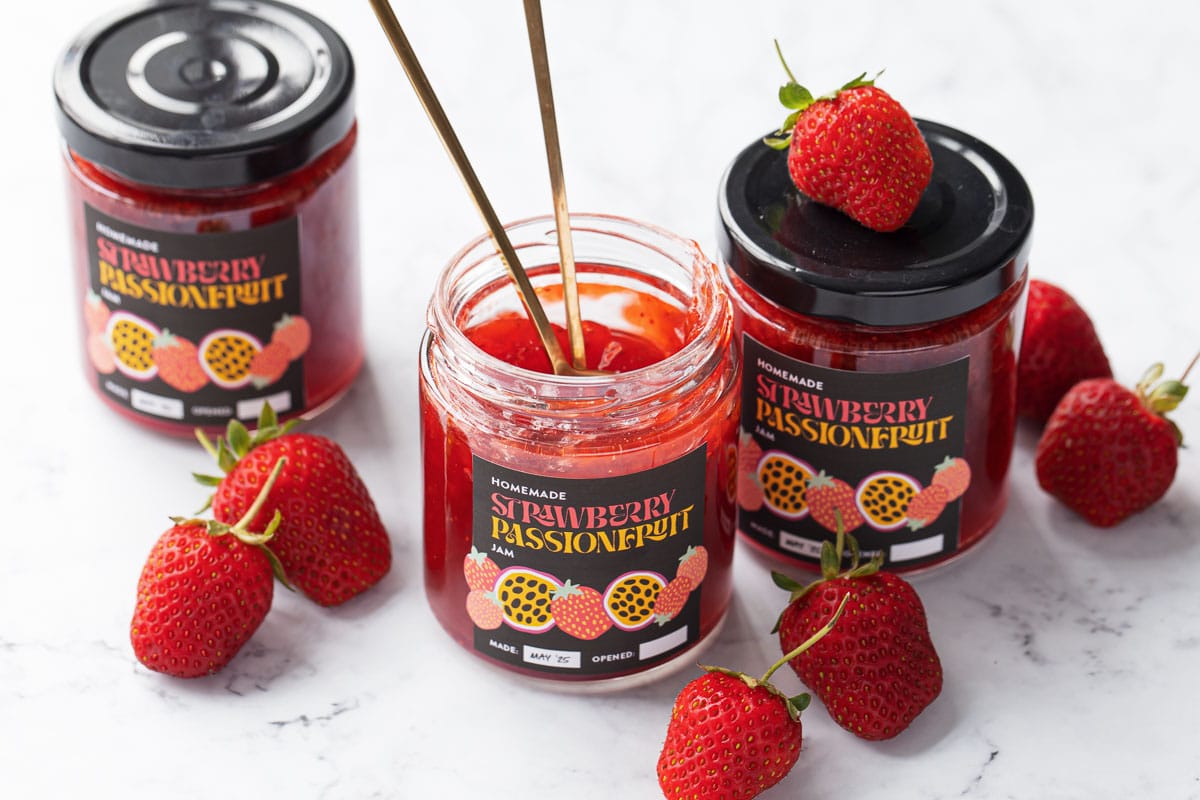

























.jpg)










